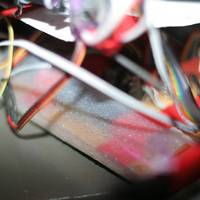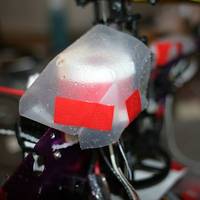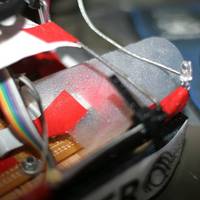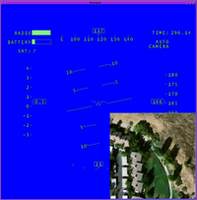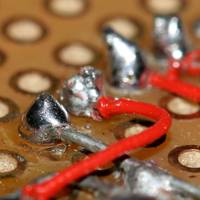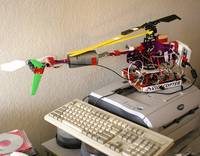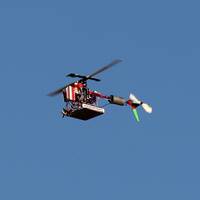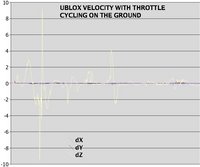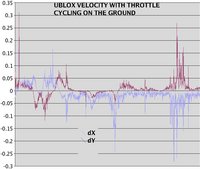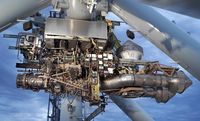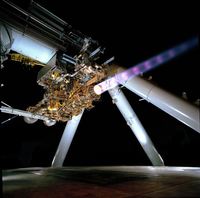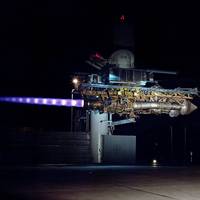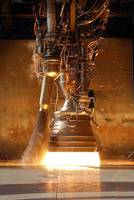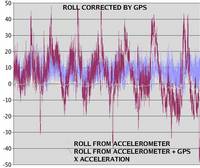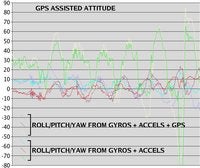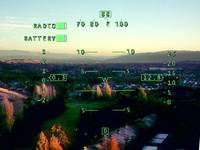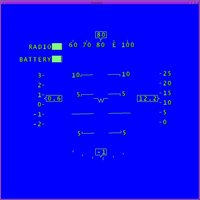Archive for December, 2007
Comments (4)
Add Comment
-
 Views: 436
Views: 436
XMas dinner 1. The wheat shortage made us have sourdough for most of 2007. This time, was lucky to snag Dutch Crust. -
 Views: 351
Views: 351
XMas dinner 2. Sausages were 25% more than last year, but at least those were still available. -
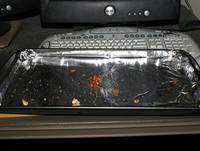 Views: 364
Views: 364
XMas dinner 3 -
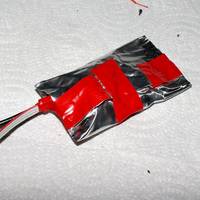 Views: 354
Views: 354
Aluminum wrapping doesn't work because aluminum sheet can't be soldered. -
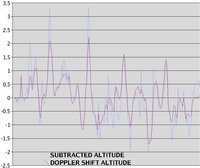 Views: 331
Views: 331
Doppler vs. subtracted climb rate with Airborn(e) <1g acceleration model. -
 Views: 327
Views: 327
Other doppler vs. subtracted rates. -
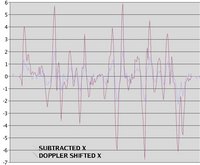 Views: 320
Views: 320
Other doppler vs. subtracted rates.

